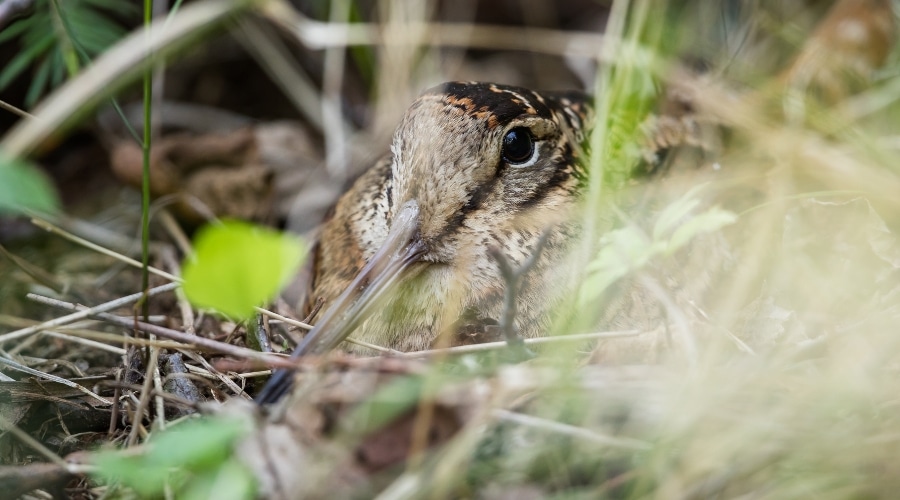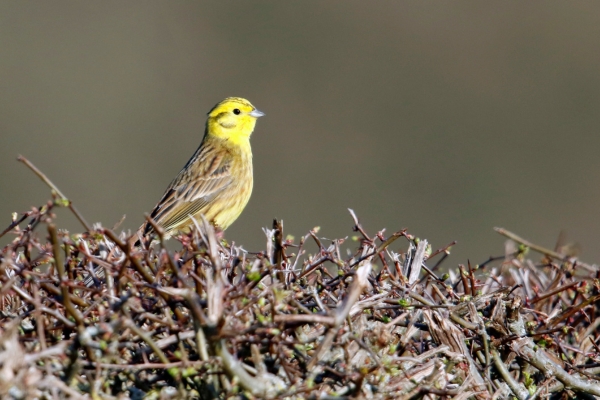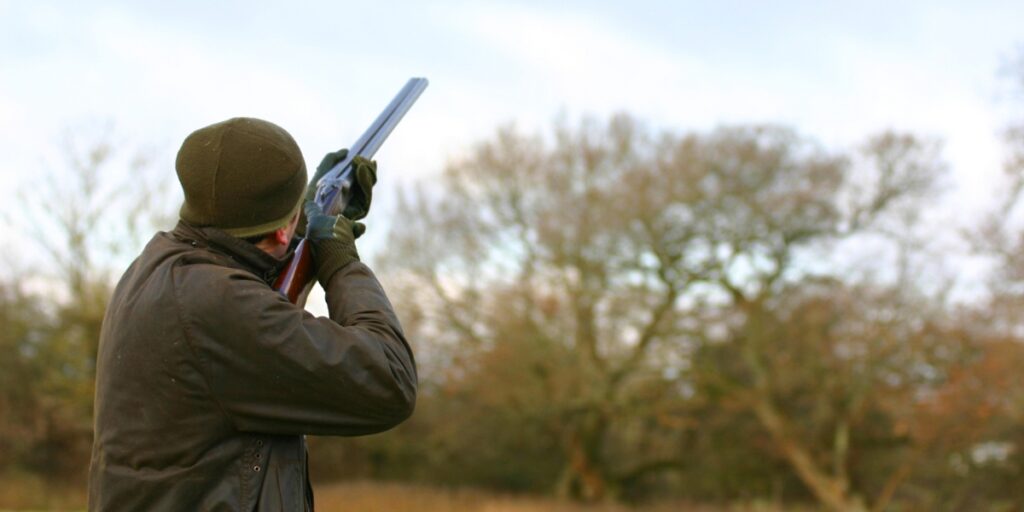
50 not out
Sparsholt’s history stretches back 125 years. Fifty years ago, the college pioneered the country’s first dedicated gamekeeping course.
Get information on the legal shooting season for mammals and birds in the UK.
Apply for funding for your project or make a donation today
Comprehensive information and advice from our specialist firearms team.
Everything you need to know about shotgun, rifle and airgun ammunition.
Find our up-to-date information, advice and links to government resources.
Everything you need to know on firearms law and licensing.
All the latest news and advice on general licences and how they affect you.

The woodcock is a magnificent quarry species. By taking part in a GWCT and BTO survey, you can actively contribute to its conservation.
Steeped in history and tradition, the story and ecology of the wily woodcock makes for a great read.
Every year a healthy population of 1.5 million woodcock migrate to the UK to overwinter in warmer climes. However, our smaller resident population is not doing as well.
The Birds of Conservation Concern 2015 report added the species to the red list due to severe declines in their breeding range.
The GWCT and BTO coordinate and run a national breeding woodcock survey every ten years. The first took place in 2003 and then again 2013. This year will see the third survey undertaken.
The survey provides population estimates which will allow an assessment of its size as well as localisation.
The findings will go a long way to helping produce any future management policies for woodcock.
You could be part of this vital conservation work by subscribing as a volunteer counter of woodcock in your area.
The survey requires volunteers to visit one or more 1-km squares all around the UK and count male roding woodcock by recording each flypast seen or call heard during a 75-minute visit at dusk.
Volunteers are asked to make a first reconnaissance visit in April to the sites they wish to count to find the best vantage point for counting and / or flag up any access issues.
For the main survey, volunteers are then required to make three counting visits of their allotted square between 1 May and 30 June 2023.
Each visit must be at least one week apart and should start 15 minutes before sunset and last for a total duration of 75 minutes.
In order to gather information about the breeding range of woodcock it is important that data is logged for squares where no woodcock were recorded, too.
More survey resources and instructions, including woodcock call recordings, can be found here.

Sparsholt’s history stretches back 125 years. Fifty years ago, the college pioneered the country’s first dedicated gamekeeping course.

Earlier this month, Defra updated its position on protecting 30 per cent of land for nature in England by 2030, and it turns out, they need shooting. Ian Danby explains.

BASC member Jim Old took the Game Shooter Certificate course – read his account of how he got on over two enjoyable and informative days.